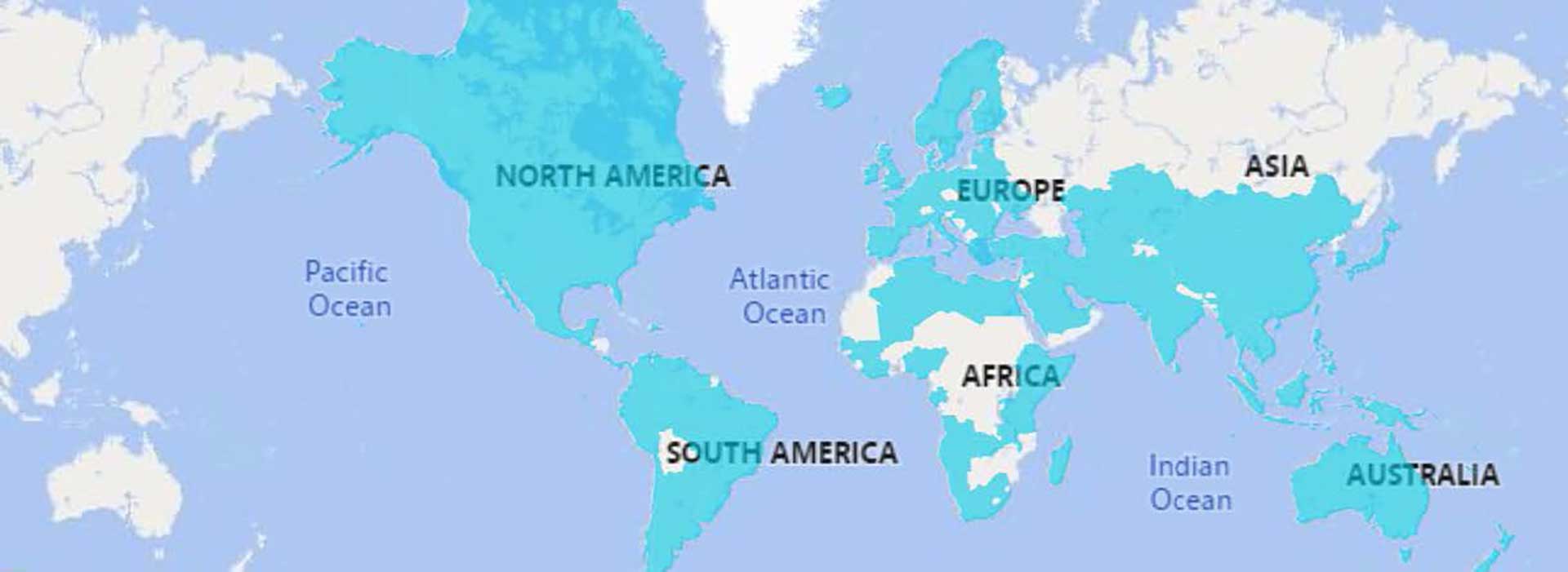The birth of digital society
Estonia, a tiny Nordic country that became re-independent in 1991, was confronted with a dilemma – either to try its best catching up to developed modern states using the traditional building blocks or try to accelerate the growth through different approach no one had ever tried before. Digital by default vision was then adopted and digital-minded leadership allowed to steer the country through agile and pragmatic decision-making focused on problem-solving and “let’s do it” mentality.
This approach has led Estonia to be among the most digital societies in the world, a benchmark for many, and a leader in digital public services, according to DESI 2021 report (source: Digital Economy and Society Index (DESI) 2021 | Shaping Europe’s digital future (europa.eu)). But applying technology has never been the goal on its own, rather focusing strongly on the citizen-centric mindset, a fundamental principle that has guided Estonia’s digital strategy.
Digital by default vision was then adopted and digital-minded leadership allowed to steer the country through agile and pragmatic decision-making focused on problem-solving and “let’s do it” mentality.
Naturally, digital society and its services run on data. However, during the era of data overload we must keep in mind that only quality data is what we are after. Quality, meaning structured, systemised, described, and standardised data enables the intertwined blood circle of complex digital services. Decentralised governance model, where different spheres of life are governed by ministries while keeping relevant databases and key registries in the domain of the certain ministry, is the common administrative practice for many countries. Also, the shared concern is that data needed to provide several services (online or offline, alike) is not always kept in the domain of a certain ministry offering the service.
In case of lacking information, the obvious source to turn to retrieve relevant data, is the party possessing the correct and updated data – specifically meaning, the citizen about to consume the service. However, Estonia has purposefully designed its legislative system keeping in mind the once only principle. Simply put, the citizen’s responsibility is to provide a government authority with their personal information only one time. From there, the authorised institutions must figure out a way to share the corresponding data while needed to provide an overlapping service.
But applying technology has never been the goal on its own, rather focusing strongly on the citizen-centric mindset, a fundamental principle that has guided Estonia’s digital strategy.
Interoperable by demand
Sharing data is a pragmatic and understandable concept, making it efficient, convenient, and secure is a whole other challenge, requiring the desire for cooperation, clear guidelines, and standards. Providing digital services and exchanging different quantity and quality of data is something that many other governments in the world are doing. What sets Estonia apart from many is an interoperable wholesome infrastructure of connected all public institutions, obligated by law, and many private companies, joined voluntarily due to value proposition enhancing their services.
The X-Road, a secure and interoperable data exchange platform, is a modular API-based middle layer software connecting distributed data holders to service providers seamlessly in real time. While every institution manages its own processes, government institutions can decide independently which platforms and technologies they use over X-Road. This decentralised approach means that there is not one big super-database which would be extremely attractive for hackers. All data transfers are end-point to end-point encrypted. And we can see that Estonia is on the right track because many other countries have gotten onboard with our solution – international X-Road network amounts to 2693 participating members, serving over 253M end-users globally [source: X-Road World Map — X-Road® Data Exchange Layer]. Estonia has been using the X-Road as the backbone of our digital society already from 2001, setting a standard for interoperable processes, that so many other countries are looking to implement nowadays.
The X-Road, a secure and interoperable data exchange platform, is a modular API-based middle layer software connecting distributed data holders to service providers seamlessly in real time.

Digital infrastructure as a value
I get asked often to name my favourite e-service in Estonia, and I must disappoint – every digital service is a step towards conveniency but my most appreciated aspect is the wholesome functioning ecosystem where I would not point out any specific service. I strongly believe in automated processes running the operations, instead people manually engaging in them. The state of my dreams works on the background and delivering me value through proactive and life event-based services. X-Road ecosystem delivered over 2.2B requests in 2022, which makes on average 1700 requests per Estonia’s citizen – would you imagine submitting your personal data and filling applications roughly 140 times by hand every month? [data source: X-TEE FACTSHEET EE].
The first milestone of developing e-services meant enabling different systems to communicate with each other, but life-event/business-event services are activated automatically based on the events taking place in a person’s life, instead the end-user having to turn for every institution themselves.
Overlapping and automatically triggered services, however, do not happen by default after the technology necessary has been implemented. Instead, it requires a genuine will for collaboration, setting egos aside and working in unity through digital-minded leadership, focusing on delivering value to the user, rather than feeding a political agenda to show something as a result of the time in cabinet.
We could have a friendly laugh on Estonians’ expense, saying, of course the closed introverted people decided to digitise all public services to never ever having the need to leave their homes, and God forbid, have a face-to-face communication while running their errands. Perhaps there might be a touch of truth in this pun, but I personally would much rather fill my socializing need from interacting with my family and friends, instead quarrelling with a Tax Authority officer over the blanks on my declaration form.
The amount of digital services available for the end-users does not deliver any value on its own. The time and location independent secure access to these services for whomever might need them is the true value proposition from the e-government. A citizen’s privacy to access their services independently is respected, and their freedom of choice to engage either via physical or virtual service is granted. The debate about necessity of a digital infrastructure does not start with choosing technology, it starts with the political agreement based on values stating how a state should serve its citizens.

Secure by design
Digital infrastructure, however convenient, comes with plenty of risks and requires constant attention due to rapid advancement of technology. Estonia decided to apply digital-first strategy, meaning offline services have the digital alternative. In spite of all the conveniency it brings, none of it can come by sacrificing an inch of security.
‘Do Estonia use Blockchain?’, is a frequent question while discussing security. The answer is yes, but not like you might think. We do not store personal data on the Blockchain as that would be a data protection and privacy nightmare. Instead, all the data exchanges, M2M communications, data at rest, and log files are independently and fully accountable thanks to Blockchain-like technology. With KSI Blockchain, provided by Estonian blockchain company Guardtime, deployed in Estonian government networks, history cannot be rewritten by anybody, and the authenticity of the electronic data can be mathematically proven. It means that no-one – not hackers, not system administrators, and not even the government itself – can manipulate the data and get away with it. Integrity of data is one of the strongest principles tied to e-governance.
Another cornerstone of e-Estonia is its secure cyberspace. Naturally, a digital society will be exposed to cyber threats. With solid investments in cyber security infrastructure, Estonia has developed extensive expertise in this area, becoming one of the most recognised and valued international cyber security experts. Did you know that the average discovery of data breaches takes around 7 months around the world? Thanks to Estonian Blockchain technology these breaches can be discovered instantly.
‘Do Estonia use Blockchain?’, is a frequent question while discussing security. The answer is yes, but not like you might think.
Start with WHY, but show HOW
Estonian society was not born digital and we had to start teaching information literacy to students with Tiger Leap and the elderly with Look@World programs to help them learn to consume e-services.
Estonia aims to implement modern digital technology more efficiently and effectively in learning and teaching to improve the digital skills of the entire nation. Estonia has also adopted a lifelong learning strategy because the modern world needs more tech-savvy users. Thus, both state and private sector companies offer a variety of (often free) IT-courses for enthusiasts of any age. This gives the opportunity for people to educate themselves and increase their IT skills while making it easier to make the necessary changes in their career choices and make e-services as a natural part of their lives.
No one is born with a digital gene and forming new digital habits need support and is not immediate. Developing skills takes time, as we are still working on it over 20 years later from implementing e-services. However, just because it is complicated and time-consuming, does not mean we should not put the effort in developing the essential skills that is fundamental in forming the digital habits of the people.
With giving all the credit to the importance of training, it is worth highlighting the underlying goal. The double-check question to see if you are on the right track could be something like this – am I driving technology, or does the technology build a convenient enjoyable customer path for my users?
The double-check question to see if you are on the right track could be something like this – am I driving technology, or does the technology build a convenient enjoyable customer path for my users?
Starting by understanding the end-user’s needs and eliminating bottle necks are definitely good indicators to look for while building a successful functioning e-state.
